Artificial Intelligence is not just an engineering discipline, but also a philosophical project, aimed at the naturalization of the mind. By allowing to build testable models, AI offers a metaphysical framework and a methodology for defining and exploring mental representations, perception, agency, self modeling, attention and systemic models of psychology. At the same time, very little practical AI research is concerned with understanding consciousness and the mind. Starting from the epistemological position of computationalist functionalism, we will discuss the phenomenology of consciousness (especially second order perception and \.
Get the latest international news and world events from around the world.

Quantum Breakthrough: New Study Uncovers Hidden Behavior in Superconductors
Researchers discovered how Floquet Majorana fermions can improve quantum computing by controlling superconducting currents, potentially reducing errors and increasing stability. A new study has revealed significant insights into the behavior of electric current flow in superconductors, which could contribute to advancements in controlled quantum information processing.

Scientists Just Discovered an RNA That Repairs DNA Damage — And It’s a Game-Changer
Genome Instability and Disease Risk
Every time a cell divides, its DNA is at risk of damage. To complete division, the cell must copy its entire genetic code — billions of letters long — which can lead to occasional errors. But cell division isn’t the only threat. Over time, exposure to factors like sunlight, alcohol, and cigarette smoke can also harm DNA, increasing the risk of cancer and other diseases.
Fortunately, cells have built-in repair systems to counteract this damage. This process, known as the DNA damage response (DDR), activates specific signaling pathways that detect and fix errors. These mechanisms help maintain genetic stability and ensure the cell’s survival.
China’s humanoid robot cops take to streets for patrol duties
Reminds me of robocop.
EngineAI’s PM01 humanoid robots patrol Shenzhen with police, shaking hands, responding to commands, and engaging crowds.
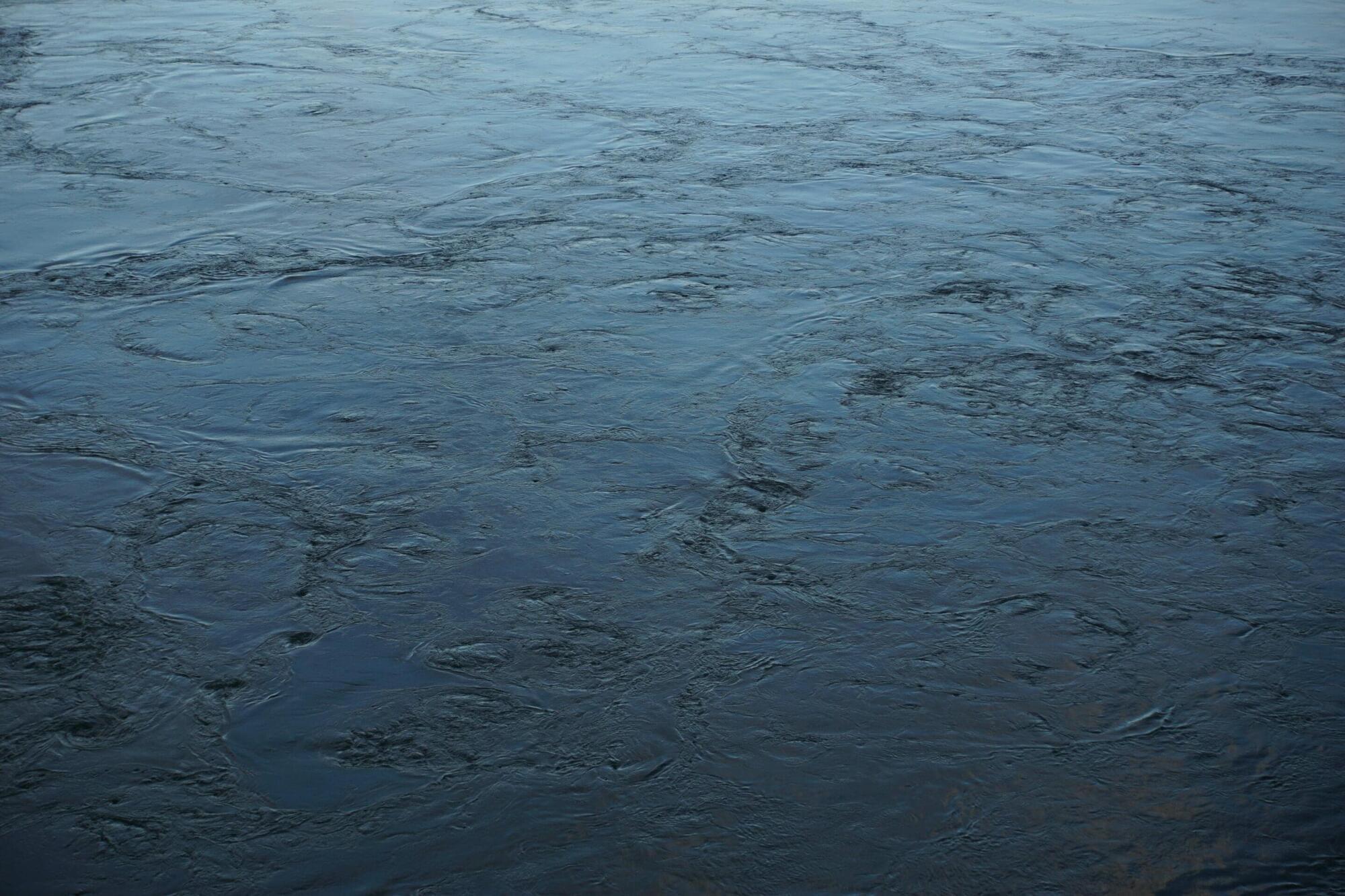
From classical to quantum: Navier–Stokes equations adapted for 1D quantum liquids
Although Navier–Stokes equations are the foundation of modern hydrodynamics, adapting them to quantum systems has so far been a major challenge. Researchers from the Faculty of Physics at the University of Warsaw, Maciej Łebek, M.Sc. and Miłosz Panfil, Ph.D., Prof., have shown that these equations can be generalized to quantum systems, specifically quantum liquids, in which the motion of particles is restricted to one dimension.
This discovery opens up new avenues for research into transport in one-dimensional quantum systems. The resulting paper, published in Physical Review Letters, was awarded an Editors’ Suggestion.
Liquids are among the basic states of matter and play a key role in nature and technology. The equations of hydrodynamics, known as the Navier–Stokes equations, describe their motion and interactions with the environment. Solutions to these equations allow us to predict the behavior of fluids under various conditions, from the ocean currents and the blood flow in blood vessels, to the dynamics of quark-gluon plasma on subatomic scales.
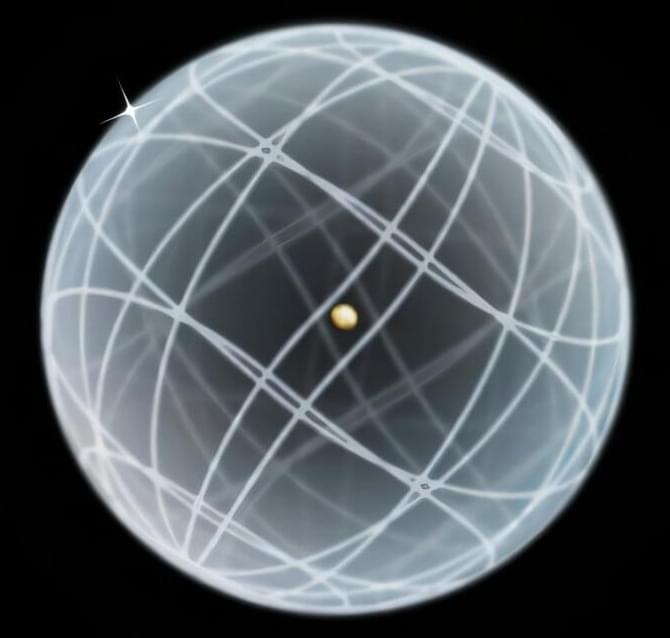
Collaborative analysis improves theoretical understanding of hyperfine splitting in hydrogen
Two experiment collaborations, the g2p and EG4 collaborations, combined their complementary data on the proton’s inner structure to improve calculations of a phenomenon in atomic physics known as the hyperfine splitting of hydrogen. An atom of hydrogen is made up of an electron orbiting a proton.
The overall energy level of hydrogen depends on the spin orientation of the proton and electron. If one is up and one is down, the atom will be in its lowest energy state. But if the spins of these particles are the same, the energy level of the atom will increase by a small, or hyperfine, amount. These spin-born differences in the energy level of an atom are known as hyperfine splitting.
While it’s commonplace for many scientists to collaborate on nuclear physics experiments at the U.S. Department of Energy’s Thomas Jefferson National Accelerator Facility, it’s rarer for the lab’s individual experiments to collaborate with each other. But that’s exactly what g2p in Jefferson Lab’s Experimental Hall A and EG4 in Experimental Hall B did.
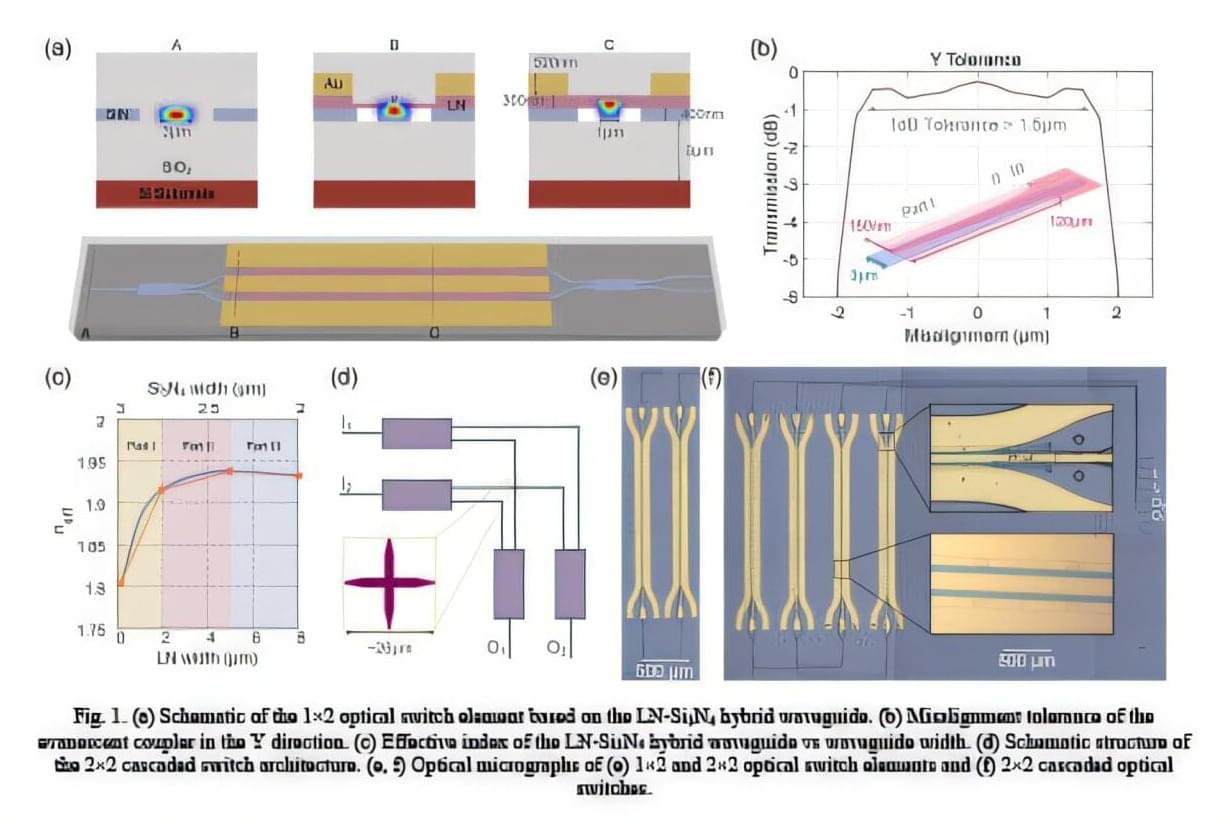
High-speed energy-efficient electro-optic switch developed
Researchers have developed a high-speed electro-optic switch that is energy-efficient, has low crosstalk and works across a broad bandwidth. Made using a scalable, chip-friendly process, this switch could enhance data capacity in optical networks and data centers by improving signal routing and switching.
Jinwei Su from the Shanghai Jiao Tong University in China will present this research at Optical Fiber Communications Conference and Exhibition (OFC), the global event for optical communications and networking, which will take place 30 March–3 April 2025 at the Moscone Center in San Francisco.
As artificial intelligence and cloud computing rapidly advance, the demand for high-capacity data exchange continues to rise. Optical switching, with its broad bandwidth and low latency, is emerging as one of the most promising solutions to address this challenge. To achieve nanosecond-scale optical switching, the researchers fabricated a 2×2 cascaded electro-optic switch by micro-transfer printing pre-etched thin-film lithium niobate (TFLN) onto silicon nitride.
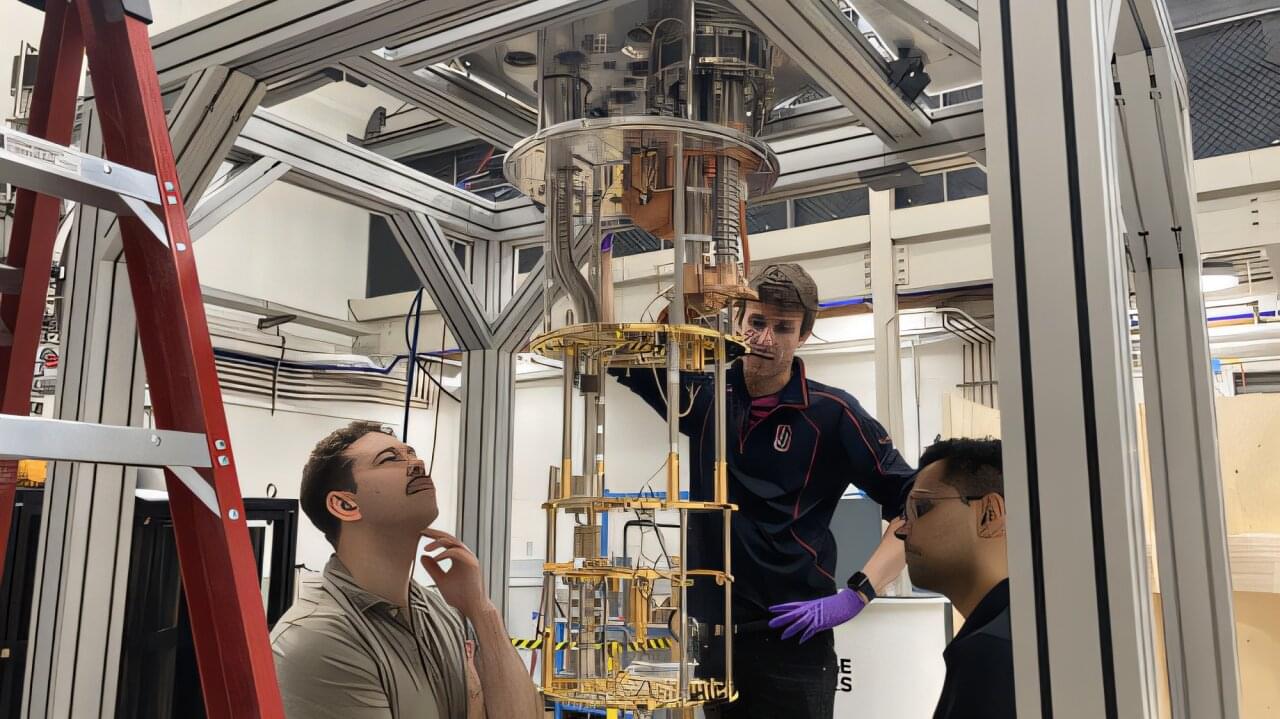
ALPHA experiment successfully installs helium dilution fridge to aid search for dark matter
The Axion Longitudinal Plasma Haloscope (ALPHA) experiment reached a milestone on February 24 with the successful installation of a Bluefors helium dilution fridge at the site of the experiment in Wright Lab.
ALPHA will extend the search for a hypothetical dark matter candidate—a very low-mass particle called the axion—to a higher mass range than has been searched for previously.
Michael Jewell, associate research scientist in physics and a member of Yale’s Wright Lab is the ALPHA project technical coordinator. Jewell explained, “In order for ALPHA to achieve its physics goal, we need to limit any potential noise source. For us, the biggest source of noise is thermal noise from the experiment. So we operate the whole experiment in the coldest commercially available systems, which are helium dilution fridges that are able to cool down to ~10 millikelvin (mK).”

Gravity from entropy: A radical new approach to unifying quantum mechanics and general relativity
In a new study published in Physical Review D, Professor Ginestra Bianconi, Professor of Applied Mathematics at Queen Mary University of London, proposes a new framework that could revolutionize our understanding of gravity and its relationship with quantum mechanics.
The study, titled “Gravity from Entropy,” introduces a novel approach that derives gravity from quantum relative entropy, bridging the gap between two of the most fundamental yet seemingly incompatible theories in physics: quantum mechanics and Einstein’s general relativity.
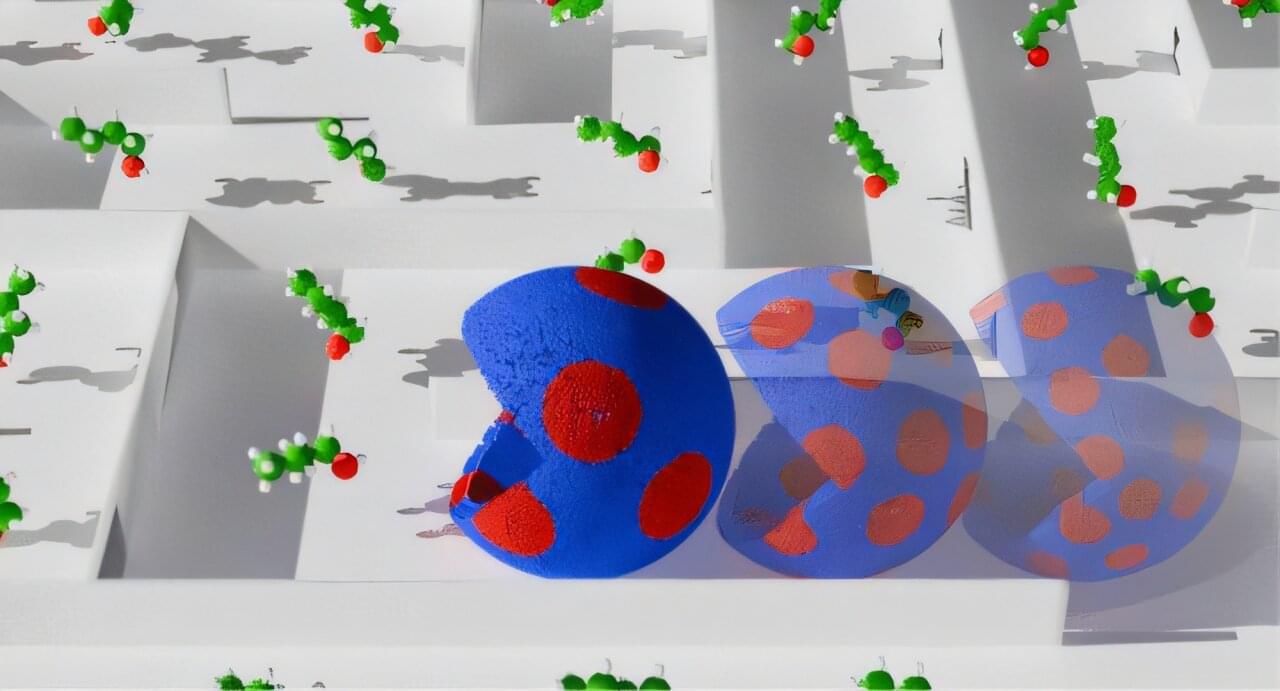
Findings on butanol toxicity may enable cheaper biofuel production
One limitation of producing biofuel is that the alcohol created by fermentation is toxic to the microbes that produce it. Now scientists are closer to overcoming this obstacle.
Researchers from the University of Cincinnati and the U.S. Department of Energy’s Oak Ridge National Laboratory have achieved a breakthrough in understanding the vulnerability of microbes to the alcohols they produce during fermentation of plant biomass.
With the national lab’s neutron scattering and simulation equipment, the team analyzed fermentation of the biofuel butanol, an energy-packed alcohol that also can be used as a solvent or chemical feedstock.